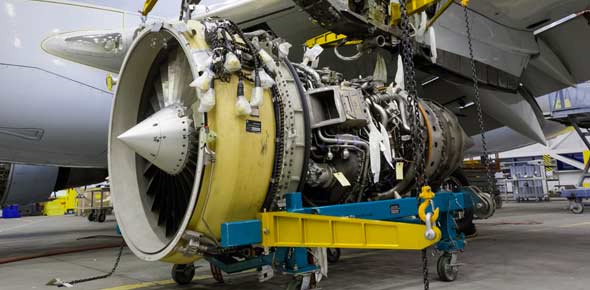2A533A Vol.2 Part 1 (1-37)
- FAA Regulations
- EASA Standards
2.
You may optionally provide this to label your report, leaderboard, or certificate.
×
Thank you for your feedback!
















